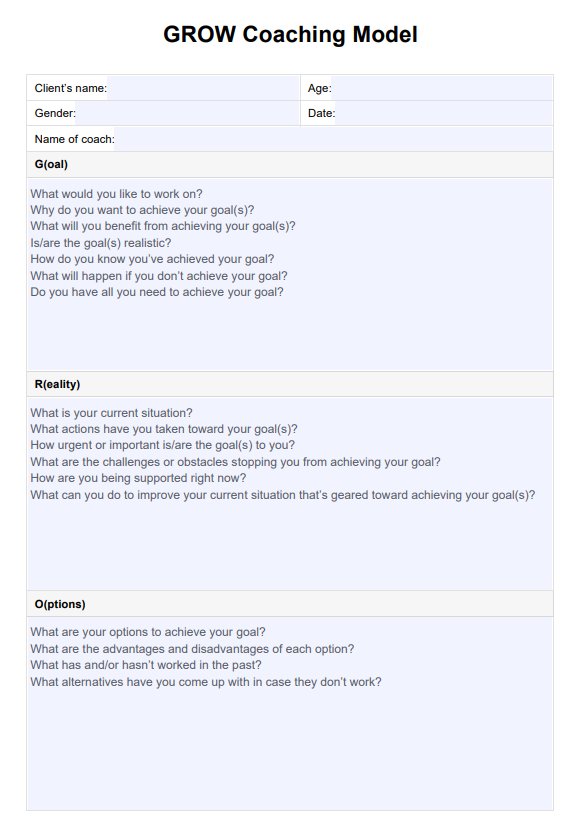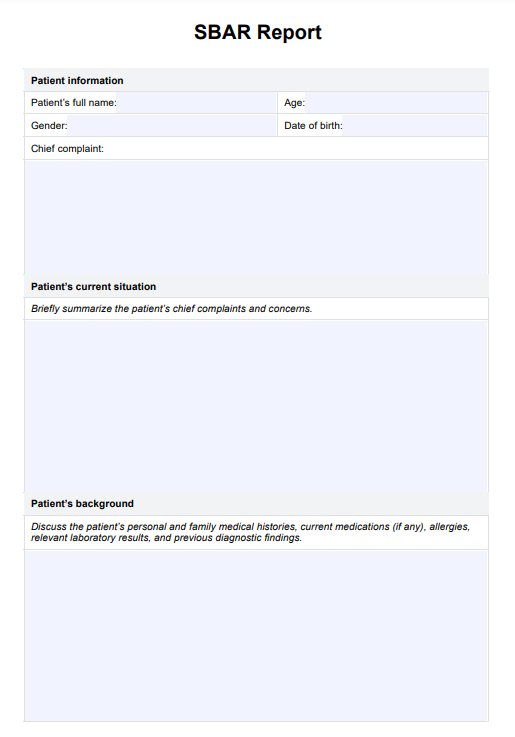Hemoglobin A1C
Learn more about the Hemoglobin A1C test, when it can be used, the interpretation of the results, and more with our short guide.


What is a hemoglobin A1c (HbA1c) test?
The hemoglobin A1c (HbA1c) test, often referred to as glycated hemoglobin or simply A1c, is a tool used to assess an individual’s blood glucose control over the previous 90 days. This test measures the percentage of hemoglobin in red blood cells that has been coated with glucose, providing a long-term picture of blood sugar levels (American Diabetes Association, 2023). It is also a key diagnostic tool for identifying diabetes mellitus. Hemoglobin, a protein found in red blood cells responsible for transporting oxygen throughout the body, binds with glucose in the bloodstream. As blood sugar levels increase, more glucose attaches to hemoglobin, leading to higher A1c levels.
Unlike other diabetes tests, which may reflect blood sugar levels at a specific moment, the HbA1c test provides a long-term view of glucose trends. Since red blood cells typically live for about three months, the results offer a reliable overview of how well a patient has managed their blood sugar during that period.
Hemoglobin A1C Template
Hemoglobin A1C Example
How to use our Hemoglobin A1C (HbA1c) Test template
Our HbA1c Test Chart is a comprehensive template designed with fields for patient information, test results, and a reference table for assessing HbA1c levels. Follow these simple steps to start using it effectively:
Step 1: Access the HbA1c test chart
You can obtain the chart by clicking the “Download” or “Use Template” button provided in this guide. It is also available in Carepatron’s template library, which can be accessed through the website or app for your convenience.
Step 2: Fill in patient information
Start by entering all relevant patient details, including the patient’s name, date of birth, sex, contact information, and the name of the attending or referring physician. Accurate data ensures the chart is tailored to the patient and serves as a reliable medical record.
Step 3: Record HbA1c test details
Use the designated sections to document the date, time, and measured HbA1c percentage. Refer to the chart’s built-in reference ranges, which classify levels as normal, prediabetic, or diabetic, to assess whether the levels are within an appropriate range. This step allows for quick and accurate evaluation.
Step 4: Interpret and document findings
The chart provides specific areas to indicate whether the recorded HbA1c levels are low, normal, or high. Utilize the notes section to add clinical observations, interpretations, and recommendations for follow-up tests or treatments. This ensures the chart supports actionable and diagnostic decision-making.
Step 5: Store the completed chart securely
Once the chart is complete, ensure it is stored in a secure location to protect patient confidentiality. If you’re using Carepatron’s digital platform, take advantage of the HIPAA-compliant storage system for secure and organized record-keeping. This guarantees that the chart remains accessible to authorized personnel while safeguarding patient privacy.
By following these steps, healthcare professionals can use the HbA1c Test Chart effectively for documentation and patient monitoring.
What do the results show?
The hemoglobin A1c test results are expressed either as a percentage or as an estimated average glucose (eAG). A healthy range is typically below 5.7%, while higher percentages indicate an increased risk of developing diabetes or the presence of diabetes itself (Medline Plus, 2023). For individuals diagnosed with diabetes, the A1c test plays a crucial role in monitoring average blood sugar levels over time and evaluating the effectiveness of diabetes medications and lifestyle modifications.
- Normal range: Below 5.7%
- Prediabetes: 5.7% to 6.4% (indicating insulin resistance and a higher risk of cardiovascular disease)
- Diabetes: 6.5% or higher
The A1c test is used to diagnose diabetes, diagnose prediabetes, and diagnose gestational diabetes. It also plays a crucial role in diabetes care, helping prevent advanced diabetes complications such as kidney failure, cardiovascular disease, and disease control in those with high diabetes risk factors.
For individuals with certain conditions like sickle cell anemia, blood disorders, or a hemoglobin variant, the accuracy of the test can be affected. In such cases, doctors may recommend other blood tests to assess blood glucose levels or rely on clinical insights for a diabetes diagnosis.
The A1c test is also valuable for identifying other health conditions and diabetes complications that may arise from poor blood sugar control, such as kidney diseases or gestational diabetes. Organizations like the National Institute of Diabetes and Digestive and Kidney Diseases and the Blood Institute emphasize the importance of regular testing for those with diabetes risk factors or a family history of diabetes complications.
Benefits of using our HbA1c test chart
The HbA1c Test Chart is designed to make your work easier while improving the care you provide to your patients. Here are some of the key ways it can help:
Keeps everything in one place
The chart gives you a clear and organized way to document patient details, test results, and notes all in one spot. This means you don’t have to worry about missing anything important or scrambling to find information when you need it.
Helps you spot trends over time
Tracking HbA1c levels over multiple visits is simple with this chart. It lets you see patterns and trends at a glance, so you can quickly figure out how a patient’s blood sugar control is progressing and adjust their treatment plan if needed.
Makes patient conversations easier
The chart isn’t just for you—it’s a great tool to help patients understand their results. Being able to show them clear numbers and trends can make those conversations about lifestyle changes or treatment goals much more effective and meaningful.
Keeps records safe and organized
If you’re using a digital platform like Carepatron, the chart integrates seamlessly with HIPAA-compliant storage. This keeps patient data safe while making it easy for you and your team to access when needed.
Saves you time
With everything laid out clearly and consistently, you can spend less time on paperwork and more time focusing on your patients. Plus, the standardized format helps reduce errors, so you can trust the information you’re working with.
References
American Diabetes Association. (2023). Understanding A1C. https://diabetes.org/about-diabetes/a1c
Medline Plus. (2023, May 12). Estimated average glucose (eag): MedlinePlus medical encyclopedia. https://medlineplus.gov/ency/patientinstructions/000966.htm
Commonly asked questions
The HbA1c test is a routine lab test that requires a blood sample, typically obtained via a small blood draw from the patient’s arm. It does not require fasting, making it more convenient than other blood glucose tests. This simplicity allows for integration into regular check-ups or diabetes screening appointments.
The HbA1c test measures the percentage of glycated hemoglobin in the patient’s blood, providing a snapshot of their average blood glucose levels over the past 2–3 months. It’s an essential tool for identifying how well blood sugar is controlled, whether low blood glucose is an issue, and for determining when diabetes develops. By showing how much glucose attaches to hemoglobin, the test helps guide treatment and assess the risk of complications.
The HbA1c test is a cornerstone for diagnosing and monitoring diabetes. It provides a clear picture of blood sugar control without requiring multiple daily measurements, making it an efficient alternative to other lab tests. Additionally, it identifies early indicators of prediabetes, ensuring timely intervention before diabetes develops. By offering long-term insights, the test helps healthcare professionals tailor treatment plans, adjust medications, and prevent complications.


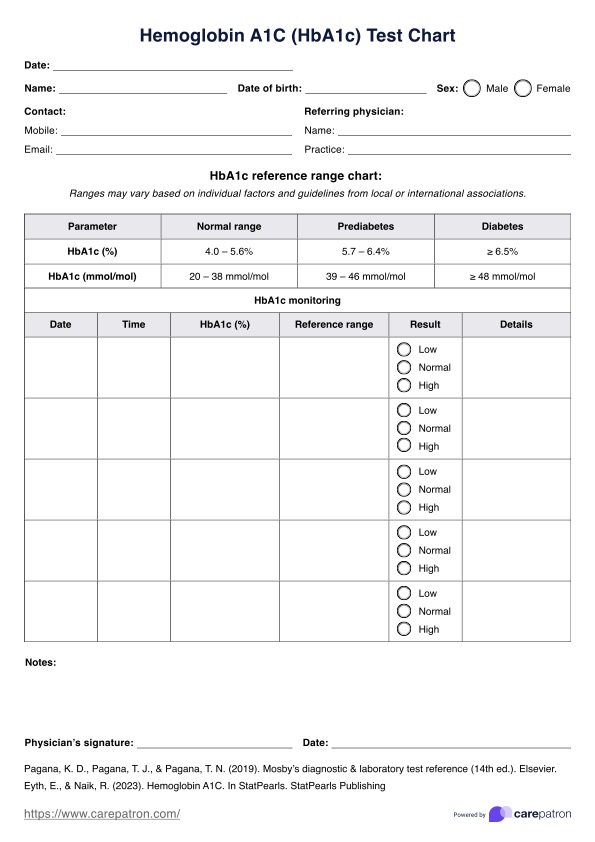
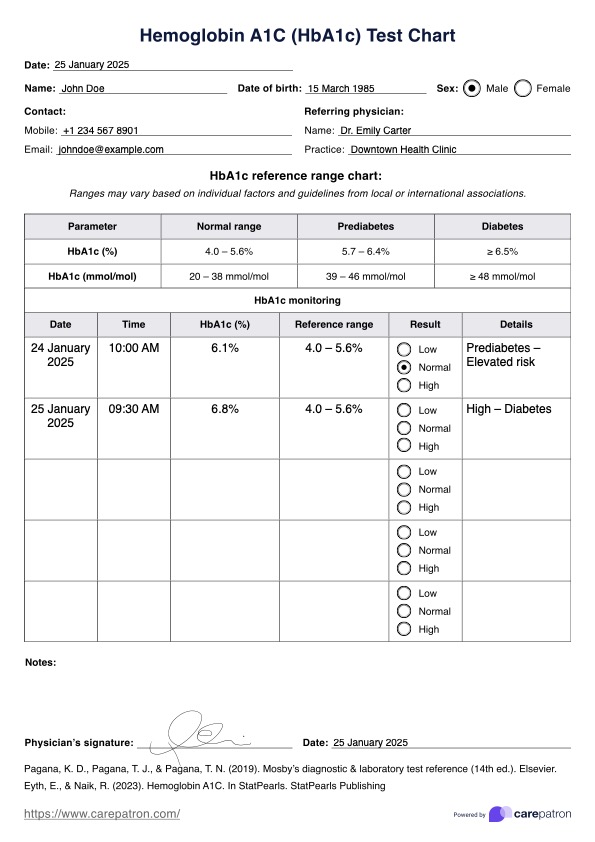

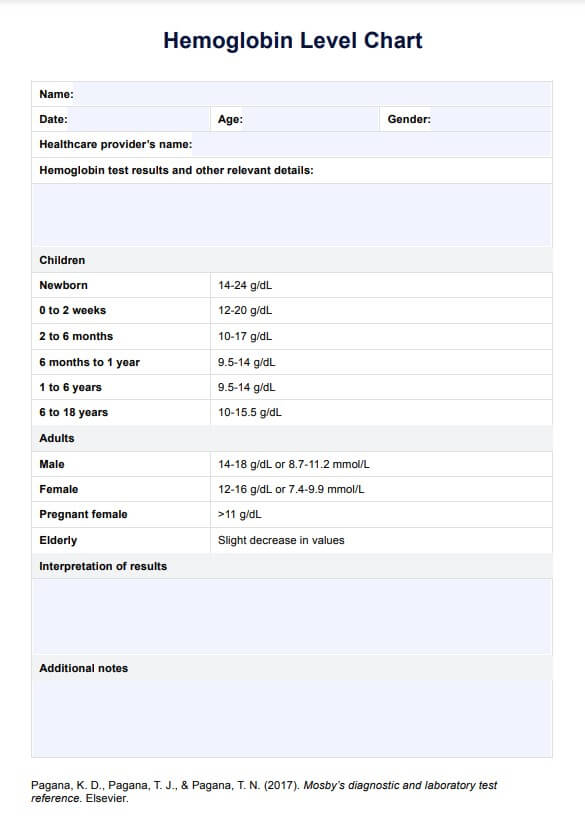
















-template.jpg)

























































































